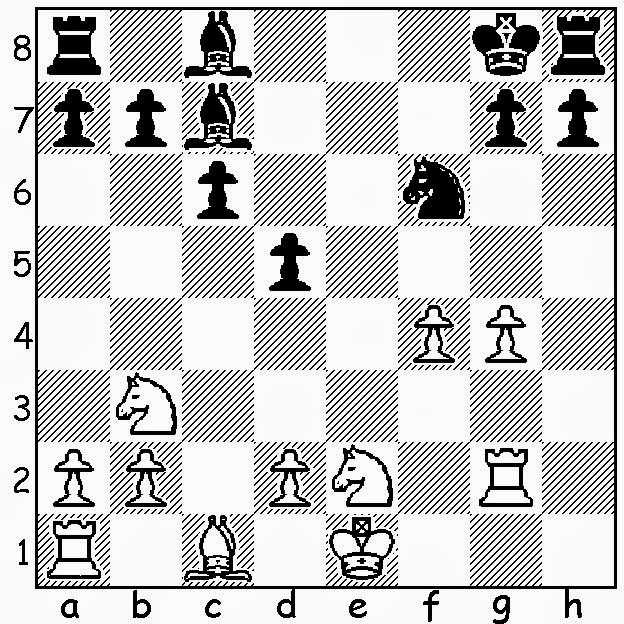Before I started this blog (see "Welcome") I had a series of Jerome Gambit-related posts at www.chesshistory.com (under the "Puzzles and Mysteries" section) from 11/24/01 to 9/6/04. A lot of topics were explored, and some paths crossed and re-crossed, as I was finding my way in the world of "Jerome's Double Gambit".
Probably the funniest episode was my mis-guided search for the imaginary book All or Nothing! The Jerome Gambit, by Chiam Schmendrick...
Trips to the White Collection in the Cleveland Public Library helped fill in the gaps of my knowledge, as did the contribution of many chessfriends world-wide.
Following that "debut", I started to find my "voice" in the ChessPub Forum (www.chesspub.com), a discussion forum for ChessPublishing.com, from 1/19/05 to 12/29/07. What began as a series of posts by me, responding to others, quickly became a series of posts by me, responding to me -- and I was eventually dis-invited to continue.
[Although there was a bit of a fall-off from the previous months, the number of visitors to this blog in February 2014 was the best for a February since I began posting. Welcome, again - and many thanks for visiting! - Rick]



































